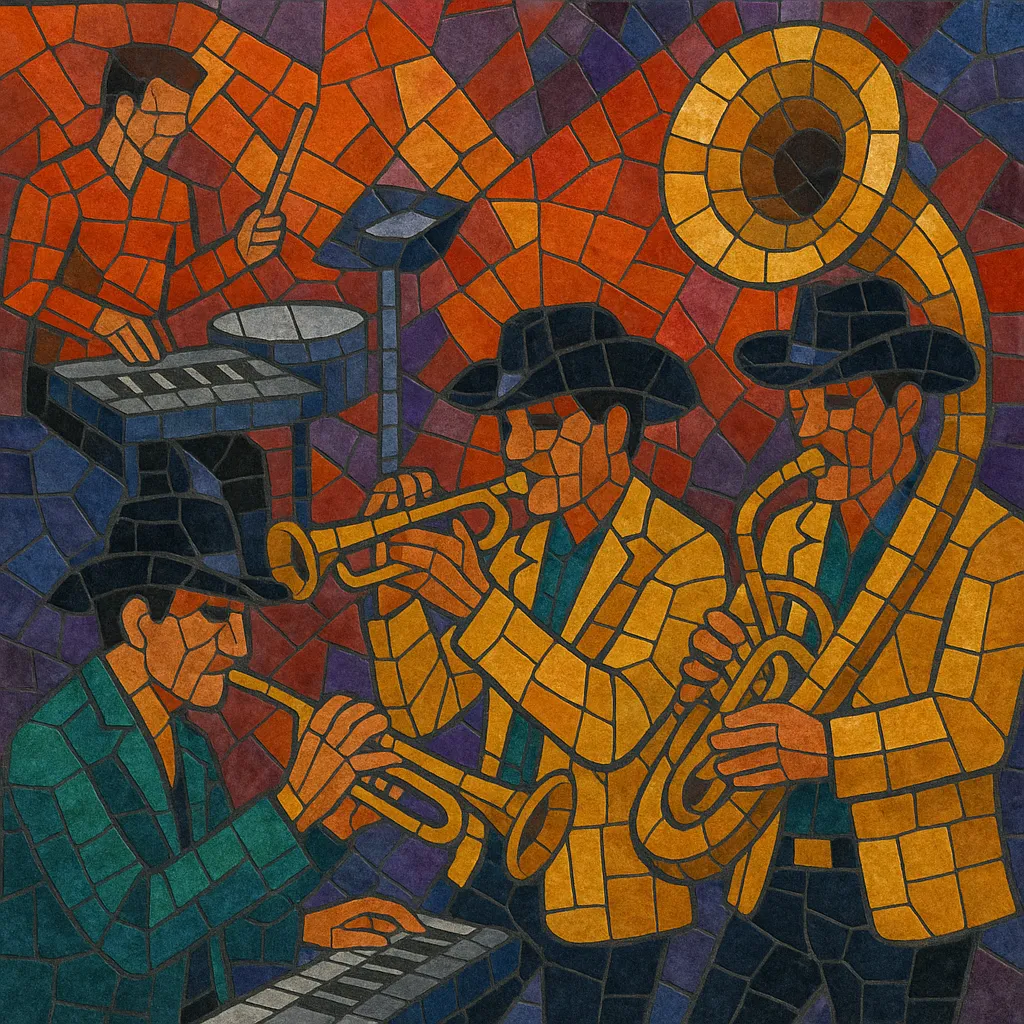Technobanda is a dance‑oriented offshoot of Mexican banda that fuses the brass‑band power of Sinaloan banda with electronic keyboards, drum machines, and pop production.
It is tightly associated with the quebradita dance craze of the early–mid 1990s, favoring fast polka and cumbia rhythms, catchy synth hooks, and punchy brass riffs.
Lyrics are usually playful, festive, and romantic, and arrangements often alternate between bright synthesizers and the traditional trumpet–trombone–tuba (or synth bass) backbone.
The result is an exuberant, club‑ready version of banda designed for packed dance floors and youth radio of the era.
Technobanda emerged in Mexico as young banda musicians and producers began combining the instrumentation and repertoire of banda sinaloense with electronic keyboards and drum machines. This hybrid took shape in Jalisco and neighboring regions, where local bands experimented with faster tempos, synth bass lines, and pop‑styled hooks while keeping polka and cumbia rhythms central.
The genre exploded alongside the quebradita dance craze. Groups such as Banda Machos, Banda Maguey, and Banda Arkángel R‑15 popularized the sound on radio and TV with high‑energy singles and choreographed videos. Technobanda’s colorful costumes, brisk two‑step polkas, and playful storytelling made it a youth phenomenon across Mexico and Mexican/Latino communities in the United States.
As it matured, technobanda diversified: some bands leaned into synth‑heavy, club‑forward production, while others blended in romantic ballads. The sound influenced the broader "regional mexicano" marketplace, normalizing electronic tools in banda‑related production and paving the way for later keyboard‑driven styles.
Although trends shifted toward banda romántica and later duranguense in the 2000s, technobanda’s hits remained staples at parties and retro playlists. Periodic nostalgia tours and digital rediscovery have kept the style visible, and its production choices—synth bass, drum programming, and pop polish—left a lasting mark on modern regional Mexican music.


